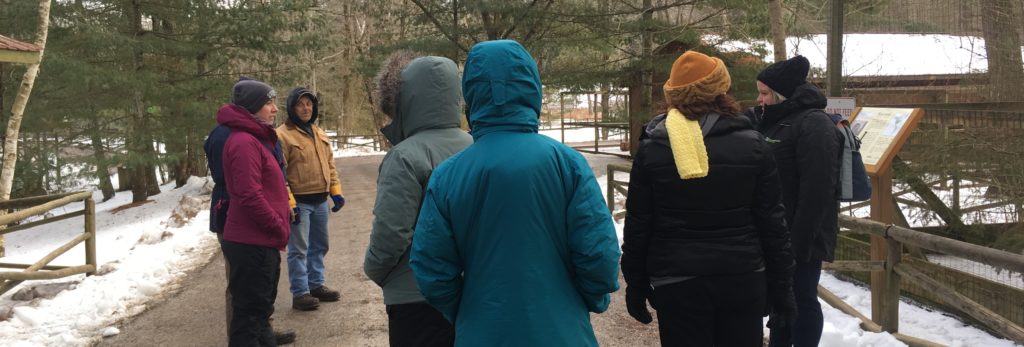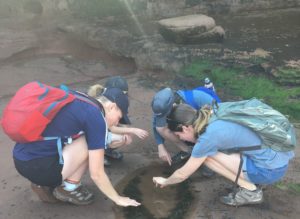Enjoyed reading a newletter profile on MREM alum Seonaid MacDonell (currently at Farm Safety Nova Scotia) about her successful year starting up a Biodiversity project with 4H Nova Scotia. She put to work the biodiversity content developed for club leaders by Simon Greenland-Smith and I funded by ECCC and their SARPAL program and supported also by Glen Parsons at DLF. It is very satisfying to see these kids enjoying learning about biodiversity with such an energetic young leader. I’m grateful to Seonaid, and look forward to hearing about year two! If there is enough support across the clubs we hold out hope this can become a regular offering.
Month: February 2019
Had some FOMO last week as the Leverage Points meeting was happening in Lueneburg, Germany, led by friends and colleagues like Joern Fischer and Dave Abson. Teaching term did not provide me the space, but Wes Tourangeau attended to talk about our work on grazing in the Falklands, and the idea of Savory’s Holistic Management as a leverage point. We were placed in the ‘transforming food systems’ panel, despite the Falklands agriculture being focused on wool, but Wes reported strong engagement and good feedback to help us polish up those papers. The ‘handmade’ feel of the conference with graphic facilitation of keynotes, session-based mind mapping and cardboard signage, demonstrates the desire to do things differently. By all accounts, it worked.
Very glad, after a long gestation, to be able to share a new paper out in Energy Research & Social Science today, Does noticing energy infrastructure influence public support for energy development? Evidence from a national survey in Canada. This paper uses a large national sample of Canadians (n=3000) surveyed back in 2014 to explore the impacts of exposure to energy infrastructure on support for that and other technologies. It suggests that reporting noticing ANY energy infrastructure, even just transmission lines, is reliably associated with support for renewables. Does this mean we should stop trying to hide energy infrastructure? Maybe that is too rash: we don’t know the direction of causality in that relationship. But it seems not a giant conceptual leap to suggest that if we are regularly confronted with the means of our energy production we might be moved to conserve energy or limit the impacts of its supply via technology shifts.

Thanks to the folks at Ducks Unlimited Canada (DUC) and the Dalhousie Biology graduate students for the invite to talk about the social aspects of salt marsh restoration yesterday at Dalhousie’s LSC. DUC’s Lee Millett led the way with a scientific backgrounder, and then I summarized a few studies of mine that help us understand the public (and thus) responses to salt marsh restoration. Nick Hill concluded with some preliminary analyses of restoration projects underway with DUC in the Jijuktu’kwejk (Cornwallis) river. A fun way to spend a Friday afternoon.





